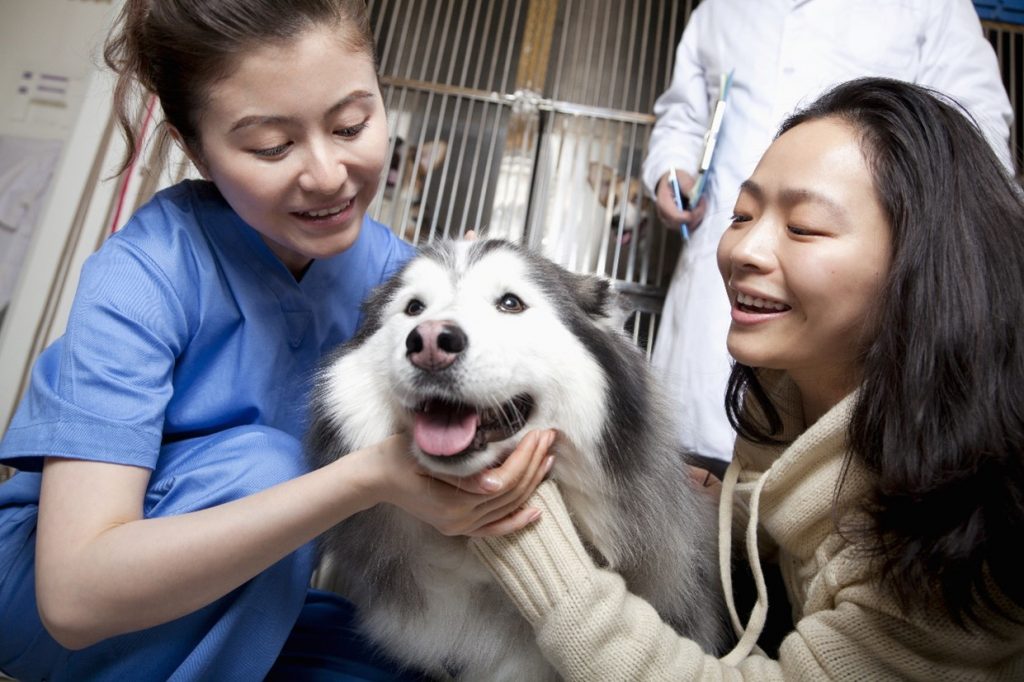Kimberly Lopez of Dayton, Ohio is an animal advocate who volunteered on the Humane Society’s Board of Directors for 12 years. In the following article, Kim Lopez discusses the various aspects of animal shelter management and how it plays a vital role in creating safe and supportive environments for homeless pets.
In recent years, there has been an increase in awareness and compassion towards homeless animals. As a result, animal shelters have become an essential part of our society. These shelters serve as temporary homes for abandoned, lost, or abused animals until they can find their forever homes.
However, managing an animal shelter is not an easy task. It requires a lot of dedication, hard work, and resources to provide safe and supportive environments for these vulnerable animals.
Kim Lopez of Dayton on the Importance of Animal Shelter Management
The primary goal of an animal shelter is to provide a safe haven for homeless animals. But to achieve this, proper management is crucial. Animal shelters must be well-maintained and equipped with the necessary resources to ensure the health and well-being of the animals under their care.
Effective shelter management also involves creating a supportive environment for these animals, both physically and emotionally. It requires collaboration between shelter staff, volunteers, and the community to provide a positive experience for both animals and potential adopters.
Building a Safe Physical Environment
One of the essential aspects of animal shelter management is creating a safe and secure physical environment for the animals. Kim Lopez of Dayton, Ohio says that this includes providing proper housing, clean living spaces, adequate nutrition, and access to medical care.
Kim Lopez notes that animal shelters must have designated areas for different types of animals, such as dogs, cats, and small animals. These areas should be spacious enough to allow the animals to move around freely and safely. The housing should also be properly sanitized regularly to prevent the spread of diseases.
Moreover, providing proper nutrition is crucial for the overall health of the animals. Shelter staff must ensure that each animal receives a balanced diet based on their individual needs. Kimberly Lopez explains that adequate food and water should be provided at all times, and the feeding areas must be kept clean to avoid contamination.
Additionally, access to medical care is crucial for the well-being of shelter animals. Animal shelters must have a partnership with local veterinarians to provide regular check-ups and necessary treatments for sick or injured animals. This not only ensures the health of the animals but also increases their chances of being adopted.
 Creating a Supportive Environment
Creating a Supportive Environment
Kimberly Lopez remarks that apart from providing a safe physical environment, animal shelters must also focus on creating a supportive atmosphere for the animals. This involves addressing their emotional needs and promoting positive interactions with humans.
A key aspect of creating a supportive environment is socialization. Shelter animals may have had traumatic experiences in the past, and they may be scared or anxious in a shelter environment. To counteract this, volunteers and staff must spend time socializing with the animals to build trust and provide comfort.
Moreover, organizing playtime and enrichment activities can help alleviate stress and boredom for the animals. This could include interactive toys, puzzles, or even just spending one-on-one time with pets. These activities not only improve the animals’ mental well-being but also make them more adoptable by showcasing their playful and loving personalities.
Additionally, shelters can also implement training programs for the animals to help them learn basic manners and obedience. This not only makes them more desirable pets but also increases their chances of finding a forever home.
 The Role of Volunteers and Community Involvement
The Role of Volunteers and Community Involvement
Kimberly Lopez says that volunteers play a vital role in the day-to-day operations of animal shelters. They provide essential support to shelter staff and help create a positive environment for the animals. Volunteers can assist with tasks such as cleaning, socializing, and training animals, freeing up time for shelter staff to focus on other responsibilities.
Moreover, community involvement is also crucial for the success of these shelters. Local businesses, schools, and organizations can partner with shelters to sponsor events, donate supplies, or even offer discounts for adoption fees. This not only benefits the shelter but also promotes a positive image within the community.
Challenges Faced by Animal Shelters
Despite all the efforts put into managing animal shelters, there are still many challenges faced by these facilities. One major challenge is overcrowding. Due to limited resources, animal shelters may struggle to accommodate an increasing number of animals, leading to cramped living conditions and increased risk of disease spread.
Additionally, financial constraints can also be a significant challenge for shelters. Many shelters rely on donations and grants to sustain their operations, which may not always be enough. Kimberly Lopez says that this could result in compromised care for the animals or even lead to the closure of shelters.
Conclusion
Kim Lopez reports that animal shelter management is a crucial aspect of creating safe and supportive environments for homeless pets. It involves providing a safe physical environment, promoting socialization and training, and relying on the support of volunteers and the community. Despite the challenges faced by animal shelters, their dedication and hard work contribute towards finding loving homes for countless animals in need. So, it is essential to support and advocate for animal shelters to ensure the well-being of these vulnerable animals. Let’s work together to make a positive impact in the lives of shelter animals!








